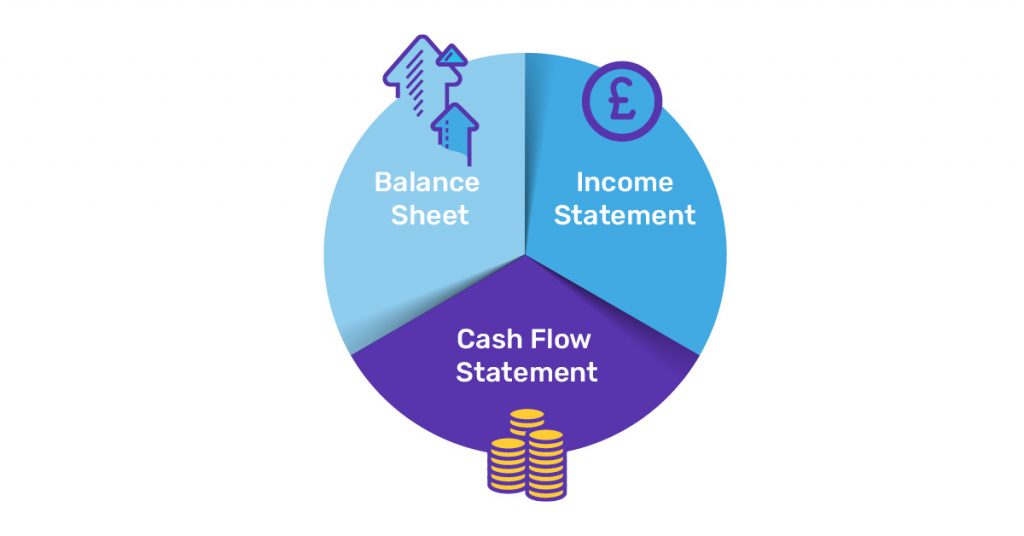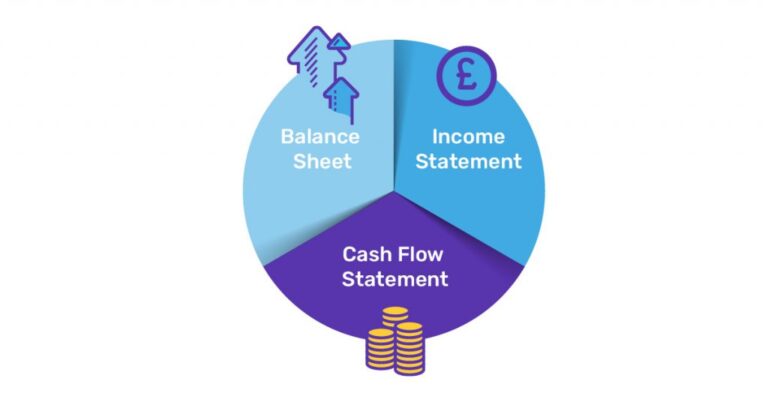Valuing your startup and deciding how much equity to part with is an entrepreneur’s most challenging decision. The business you’ve built with immense dedication is now at a stage where you need to determine its worth and present this valuation to potential investors convincingly. While there’s no one-size-fits-all answer to this complex question, at Venture Care, we’ve analysed extensive data from hundreds of funding rounds to help you make an informed choice. More importantly, this data-driven approach will empower you to justify your valuation to investors confidently.
When crafting your pitch deck, you’ll inevitably need to address three interrelated decisions:
- How much capital should you raise?
- What percentage of your company should you sell?
- What valuation should you assign to your company?
These three factors are intrinsically connected, and your approach to one will influence the others. There are two primary strategies you can adopt:
Option 1: Decide How Much Money You Want to Raise

Some industry experts recommend raising as much capital as possible. Venture capitalists and seasoned investors often advise planning a raise to sustain your startup for 12 to 18 months before seeking additional funding.
Raising capital is a challenging and time-consuming endeavour. Determining the amount necessary to achieve your key performance indicators (KPIs) while also considering a cushion that allows for unexpected challenges is crucial. At the same time, avoid raising more than you can manage, as this could place undue pressure on you to meet investor expectations.
The 12-18 month runway is recommended because, in reality, you’ll need to start your next fundraising round about six months before your current funds are depleted. Moreover, you’ll need to demonstrate significant growth during this period to attract new investors. A runway shorter than 12 months could make it difficult to achieve meaningful milestones, potentially hindering your ability to justify a higher valuation in the next funding round. After all, it’s called a “runway” because your startup could come to a sudden halt if you don’t gain enough altitude before the end.
If you start by determining how much capital you need, begin by assessing your monthly burn rate. Factor in the costs of new hires, marketing efforts, development expenses, and any other foreseeable expenditures. Multiply your burn rate by the number of months you expect your runway to last, and don’t forget to include a buffer for unexpected expenses—because in the world of startups, surprises are the norm.
However, it’s important to note that while you might calculate your funding needs based on these expenses, this isn’t the narrative you want to share with investors. When asked why you’re raising a specific amount, your answer should focus on the milestones you plan to achieve, the resources needed, and the timeline for getting there. This approach demonstrates strategic thinking and reassures investors that their money will be used to drive growth, not merely to sustain operations.
Option 2: Decide How Much of the Company You Want to Sell

While TV shows like Shark Tank dramatise the equity investment process, the reality is far more nuanced.
For angel and seed-stage rounds, the general rule is that founders should sell between 10% and 20% of their company’s equity. These guidelines aren’t arbitrary—they reflect what early-stage investors typically expect regarding returns. Investors are taking a significant risk with the understanding that many of their investments may not yield any returns. Given this high-risk/high-reward scenario, they typically seek a meaningful equity stake to justify their investment and to ensure they have enough influence over critical business decisions, especially if things don’t go as planned. Data at SeedLegalsdata reveals that founders, on average, give away around 15% of their company’s equity in a funding round.
If you’re considering giving away 30% or if an investor is requesting such a stake, it’s essential to evaluate your situation carefully. While there may be valid reasons for such a deal, it’s more likely that your valuation is too low or you’re attempting to raise too much capital too soon.
However, a trend towards smaller, more frequent fundraising rounds is growing. Instead of raising a large sum to cover 12-18 months, many startups opt for a series of smaller raises, each involving the sale of 2% to 6% equity every few months.
In the past, this approach was discouraged for several reasons:
- Constant fundraising can divert attention from product development and sales.
- The legal costs associated with each round made this approach inefficient.
- Investors often viewed these “drip feed” investments as a sign of a company’s inability to secure substantial funding.
But at Venture Caref, we’ve revolutionised the fundraising process, making it faster, easier, and more cost-effective for companies to raise capital at any time. We’ve shifted the paradigm from the traditional 12-18-month “go big or go bust” cycle to a more flexible model that aligns with the needs of growing startups.
How to Value Your Company

If you ask different venture capitalists for advice on valuing your startup, you’ll likely receive a wide range of answers:
- Some might encourage you to confidently pitch a valuation number that you can justify with your product vision and your team’s ability to execute. If you can make a compelling case, they’re in.
- Others may emphasise that the primary determinants of your valuation are market forces within your industry—such as the balance between supply and demand for capital, recent exit sizes, and the investor’s willingness to pay a premium to get involved in a deal. Essentially, these factors justify a gut feeling with rational-sounding arguments.
- Some may suggest looking up your closest competitor on Crunchbase, analysing their funding history, and adjusting your valuation up or down based on whether you are pre- or post-revenue and whether you’ve launched or are still in development.
- Another common approach is multiplying the amount you want to raise by three or four to estimate your company’s valuation.
While some investors may be driven by logic and others by emotion, there’s no substitute for a data-driven approach. Thanks to the wealth of data available today, you can arrive at a valuation that isn’t just a number but one that you can justify with evidence. This data-driven strategy ensures you’re getting a fair valuation and presenting one that will resonate with potential investors and pave the way for successful fundraising.












